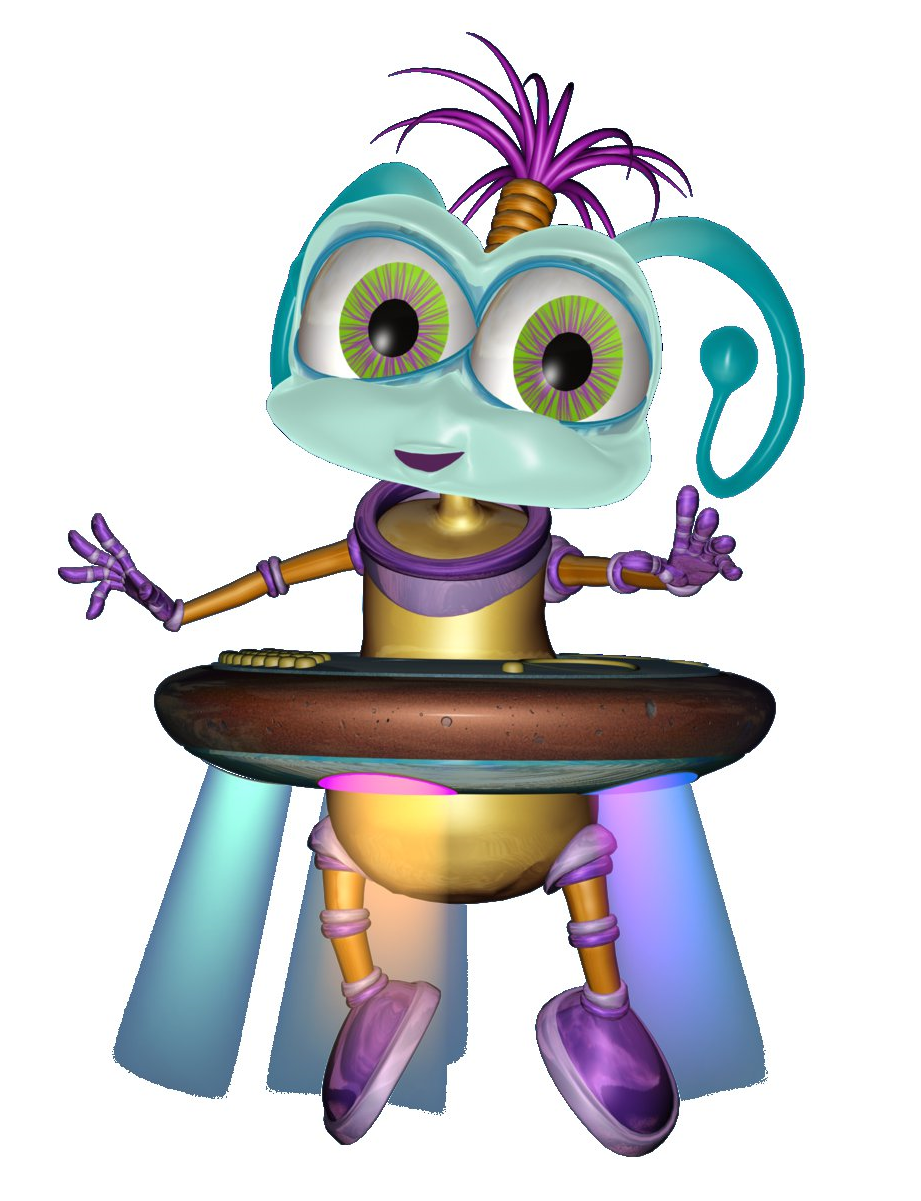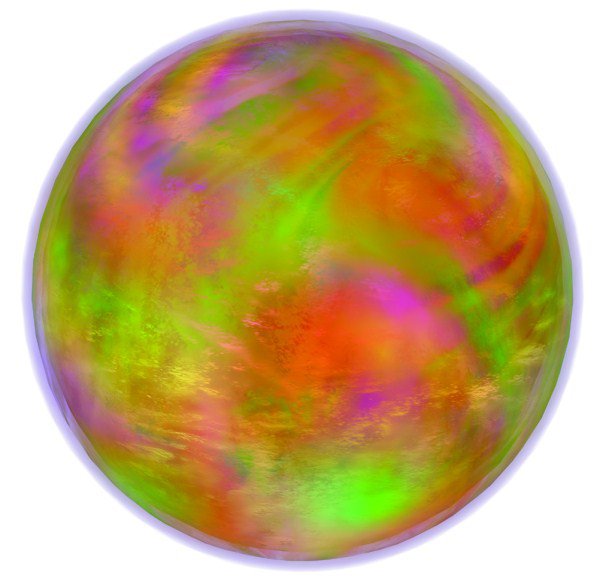


The Small-waterplane-area twin hull at sail must have been quite a sight to see. Sea Shadow was built in Redwood City, California. The shape of the superstructure was sometimes compared to the casemate of the ironclad ram CSS Virginia of the American Civil War. The SWATH design helped the ship remain stable even in very rough water of up to sea state 6 (wave height of 18 feet (5.5 m) or “very rough” sea). The portion of the ship above water was connected to the hulls via the two angled struts. Below the water were submerged twin hulls, each with a propeller, aft stabilizer, and inboard hydrofoil. Sea Shadow sailing through Californian waters in March 1999. Sea Shadow was developed at Lockheed’s Redwood City, California, facility, inside the Hughes Mining Barge (HMB-1), which functioned as a floating drydock during construction and testing. The ship was created by the Defense Advanced Research Projects Agency (DARPA), the U.S. In addition, the ship was designed to test the use of automation to enable the reduction of crew size. She was used in secret until a public debut in 1993. Sea Shadow was built in 1984 to examine the application of stealth technology on naval vessels. However, the Sea Shadow never went into production and was little more than an (extremely cool looking) experiment. Its purpose was to explore a variety of new technologies for surface ships, including ship control, structures, automation for reduced manning, seakeeping and signature control. Sea Shadow (IX-529) was an experimental stealth ship built by Lockheed for the United States Navy to determine how a low radar profile might be achieved and to test high stability hull configurations which have been used in oceanographic ships. Let’s enjoy the beauty of the Innovation that flows™.Experimental stealth ship – It operated from 1985

We feel that as entrepreneurs it is our duty to show that, no matter where we are, we all can make a difference through innovation and creativity… and here we are, at the world’s driest desert, fighting climate change one pump at a time. This tremendous opportunity will reshape all our design and manufacturing processes, requiring new technology and eco-innovation in order to move faster towards a zero-waste philosophy. We’ve been pioneers in developing and introducing state-of-the-art design and manufacturing technology which has help us creating great solutions which have been recognized with some of the most prestigious innovation and sustainability awards around the world.Īs we move towards a new circular economy, where valuable materials will be constantly re-used, we are proud to say that we’ve been on this track since day one, by recycling materials from old pumps to manufacture new ones. We are proud that our innovations can help mitigate these global issues.Įvery day we dedicate all our energy and passion to design and manufacture the world’s most efficient, innovative and sustainable pump solutions. However 90% of pumps worldwide are running at low efficiencies, wasting millions of dollars in energy and emitting millions of tons of CO2 to the atmosphere each year accelerating global warming. Pumps are essential to human life and are the heart of industries, accounting for 30% of total energy consumption on an average industrial site. It depends on us to transform these challenges into global opportunities, and we feel that pumping systems represent a huge opportunity for creating high-impact results that can benefit us all. We agree with the scientific community that if we do not act fast against global warming, by developing energy efficient technologies that heavily reduce carbon emissions and the extensive use of renewable energy sources, there will be severe consequences that will affect us all and our future generations. Latin America is currently facing great challenges, it is a highly dependent on water, both for its basic human needs but and its energy production, and it is already one of the most affected regions by the climate crisis. We are proud that this beautiful and unique landscape has defined us as environmentally responsible men and women. Do you imagine living in a place where the average annual rainfall is less than one millimeter? – We do.Īs citizens of the driest place on earth -the Atacama Desert- we are especially conscious about water scarcity and the negative effects of climate change.


 0 kommentar(er)
0 kommentar(er)
